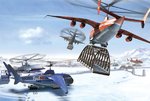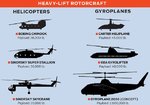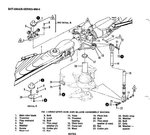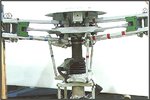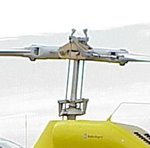MichaelHenley
Senior Airman
This may be a bit late, but yesterday I borrowed out a June '04 copy of Popular Mechanics. On the cover was this huge monstrous gyroplane which was being toted as a super-heavylifter. There's the pic below, but the picture on the front cover shows one hauling a petrol station! It also says that they will travel at Mach speeds.
The article says that heavy-lift gyroplanes will be taking to the sky in the next decade. I think this is very unlikely. I talked the whole idea over with dad, and he said that they will probabbly guzzle fuel like nothing before them.
I was just wondering peoples opinions on this- wether any of this will get anywhere soon, etc. comments?
P.S. Talk about ugly! Even the shape of the design makes me doubt their supersonic capability!
all images from popularmechanics.com
The article says that heavy-lift gyroplanes will be taking to the sky in the next decade. I think this is very unlikely. I talked the whole idea over with dad, and he said that they will probabbly guzzle fuel like nothing before them.
I was just wondering peoples opinions on this- wether any of this will get anywhere soon, etc. comments?
P.S. Talk about ugly! Even the shape of the design makes me doubt their supersonic capability!
all images from popularmechanics.com

